Packed with gripping chase scenes on the freeways—and in the flood channels—of Los Angeles, Terminator 2 is a visual effects-driven action film with a heart. A boy and his battle-hardened mother are caught between two warring cyborgs from the future: one whose mission is to kill them, and the other who is programmed to save them.
Set eleven years after the first Terminator film, this sequel finds Sarah Connor imprisoned in a mental institution; a physically fit, self-trained warrior whose ramblings about a cyborg from the future, and the upcoming apocalypse, got her a padded cell. Her son, the future leader of mankind, is a delinquent ten-year-old foster kid who hacks ATMs for cash. As they fight for their lives, fleeing from a robotic assassin that can shapeshift into people and weapons, there is one Terminator programmed to protect them—and it challenges Sarah’s hardened ideas that machines are soulless automatons, especially once she sees that this machine is a better parent to her son than she is. Inspired by the Terminator‘s ability to change its programming, she comes to understand that just running away is not enough, they need to challenge their nemesis and attempt to save not just themselves, but all of humanity.
James Cameron returned to produce and direct and, as always, he pushed the limits of Hollywood spectacle. There are five hair-raising, big budget chase sequences with real vehicles, daring stunts and some expert helicopter work. But Cameron also pushed digital effects to the limits of the time. Drawing on the cutting-edge technology behind the water tentacle in his film, The Abyss, he created the T-1000, a silvery, shapeshifting cyborg; this was the first fully digital character to mimic normal human movement, it even incorporated actor Robert Patrick’s slight limp. And in another digital effects milestone, this film marks the first use of digital wire removal: when the Terminator rides its motorcycle off a flood channel wall, the stabilizing wires for the stunt were erased using computer effects—today this a simple and widely used technique.
With his trademark black leather jacket and repeating shotgun, Arnold Schwarzenegger returned to the role that was tailor-made for his deadpan style of delivering sarcastic quips, introducing the wildly popular catchphrase, “Hasta La Vista, Baby.” Linda Hamilton also returned as Sarah Connor and, at her request, she played the role as a person tortured by her knowledge of the imminent nuclear holocaust. To bulk up for the role, and to be able to perform many of her own stunts—with hand-to-hand combat and firearms—she trained for three months before the film even started.
As a testament to the excellent visual effects work by Stan Winston’s team, several members of the U.S. federal nuclear testing labs noted that Terminator 2’s nuclear detonation sequence was the most realistic and accurate that they had yet seen on film—the visual effects team had copied archival footage of nuclear tests to achieve this effect.
The film was a critical and box office success, winning four Oscars and outperforming the original Terminator by over 400%. Schwarzenegger’s ‘Terminator’ character even holds a place on the AFI’s 100 Greatest Screen Heroes and Villains as both a hero and a villain. T2 has had an ongoing series of sequels, none directed by Cameron. There was also a well-received, but short-lived TV series, Terminator: The Sarah Connor Chronicles, as well as a theme park attraction, T2: 3-D: Battle Across Time at the Universal Studio Theme Parks.
Enjoying the site? If so consider supporting it with alien-infused caffeine…
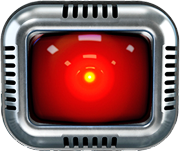

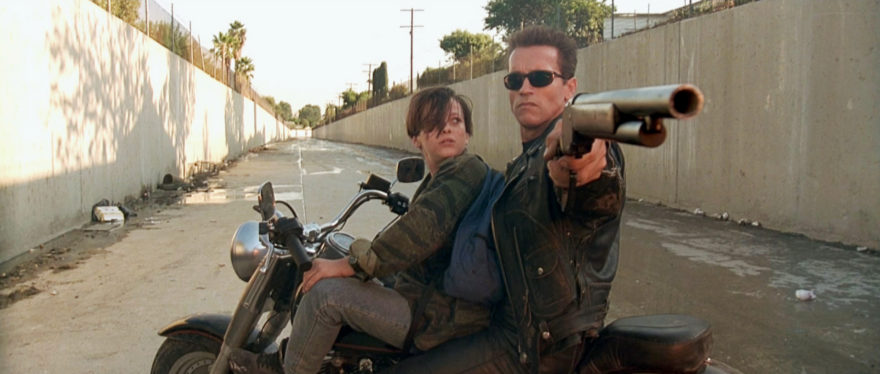
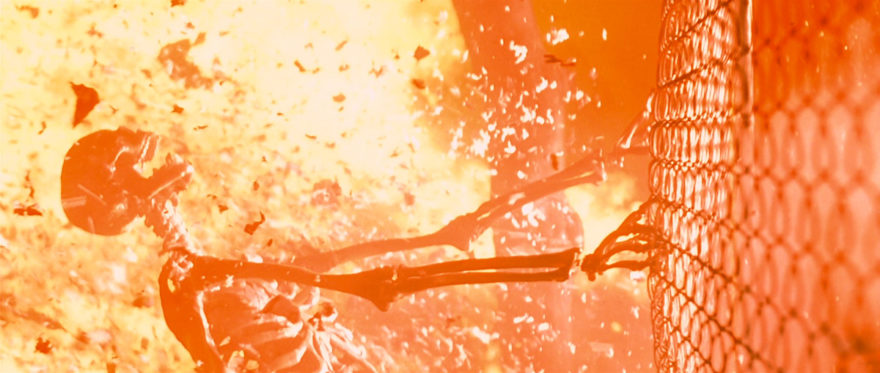
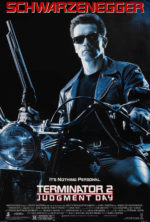
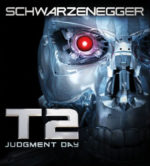
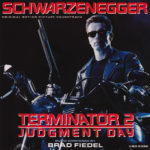
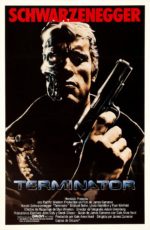
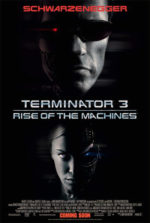




Terminator 2 was way better than Terminator. It is one of those rare examples where a sequel is better than the original. Therefore T2 should rank higher than T1.